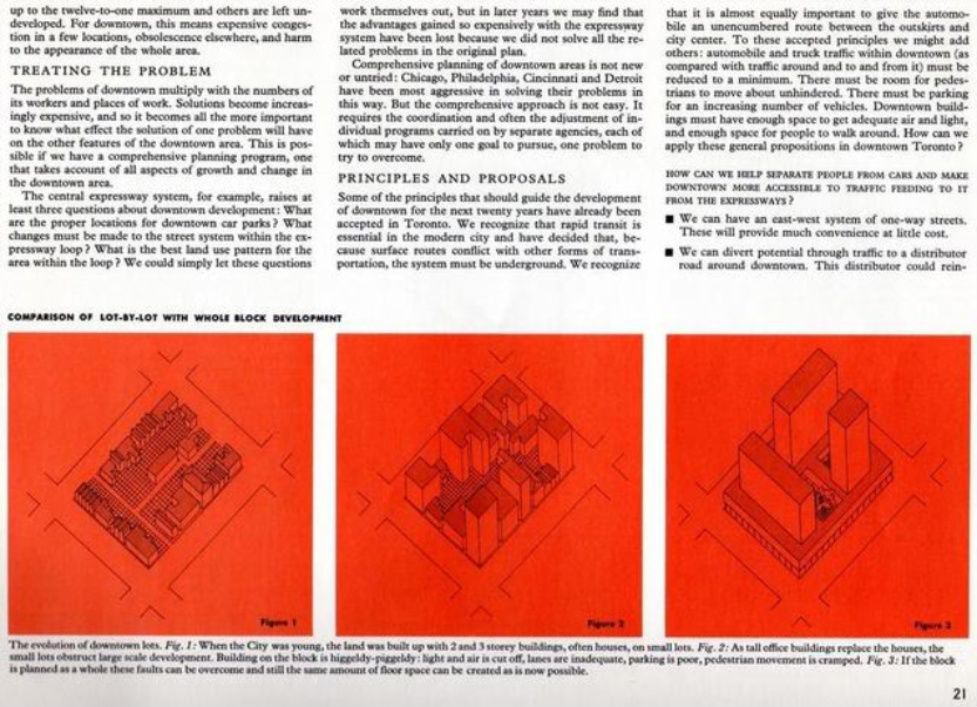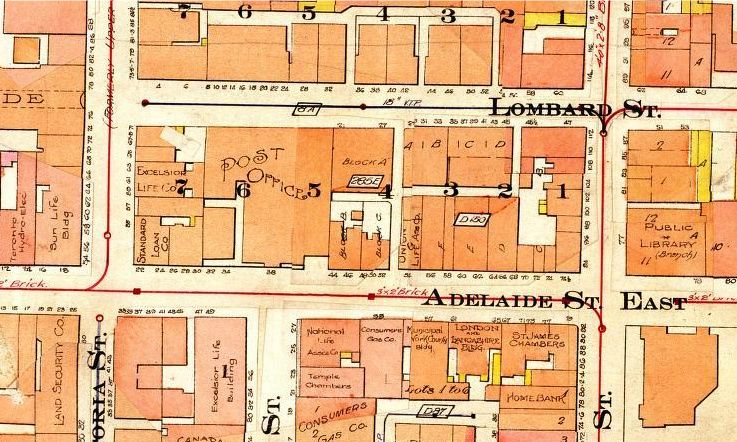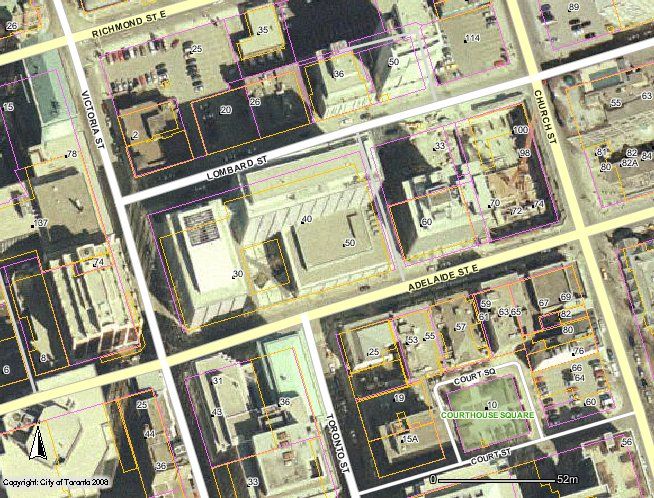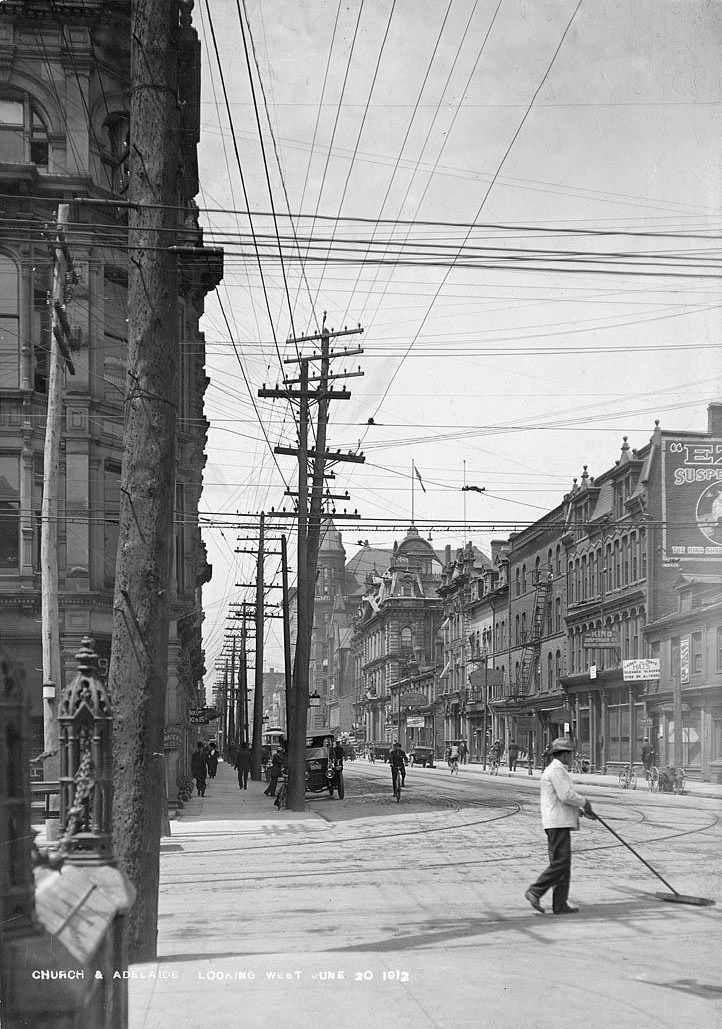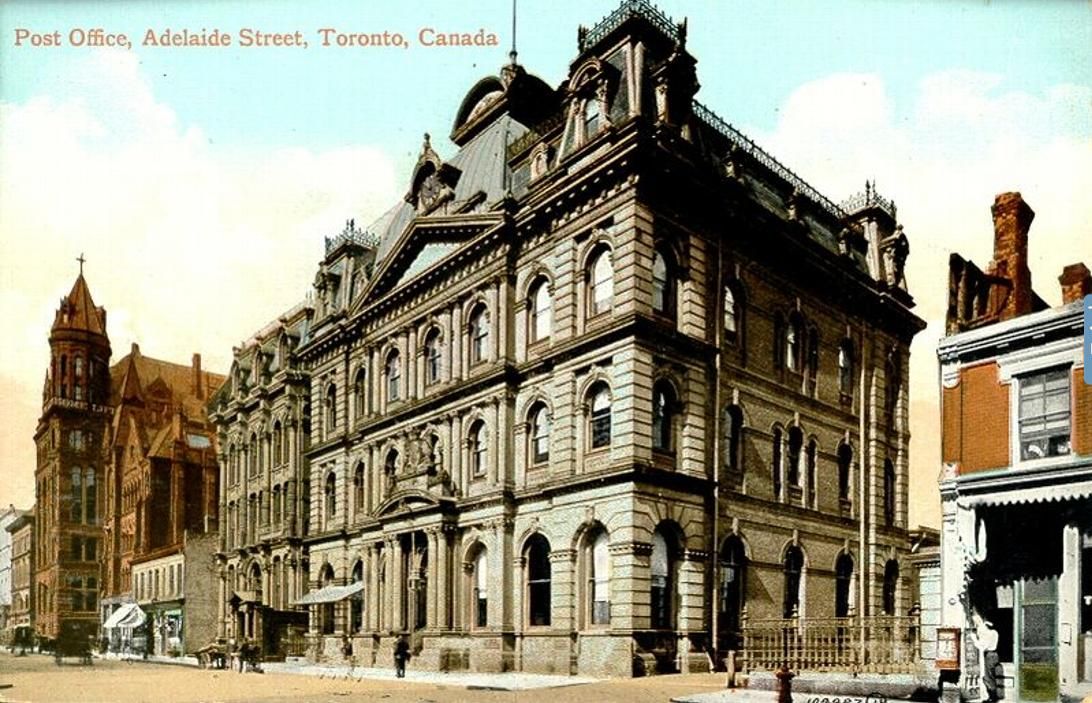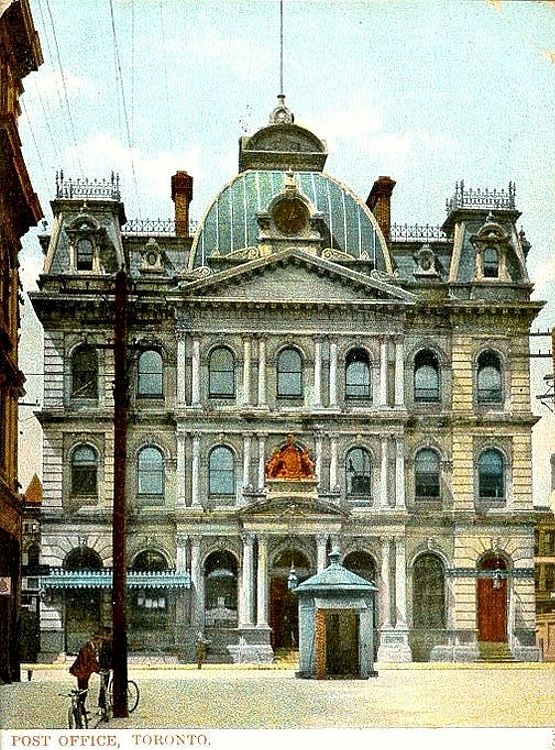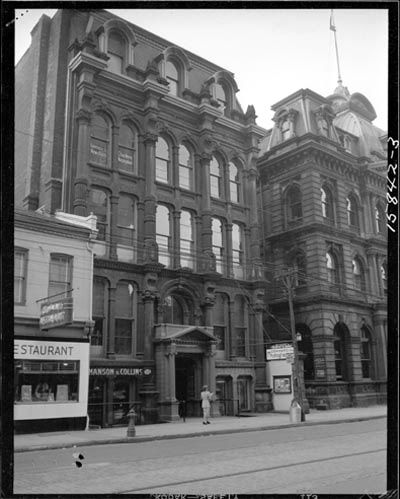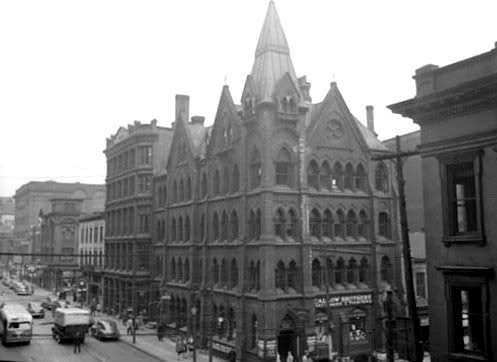hogdust
New Member
High Park (50's?)
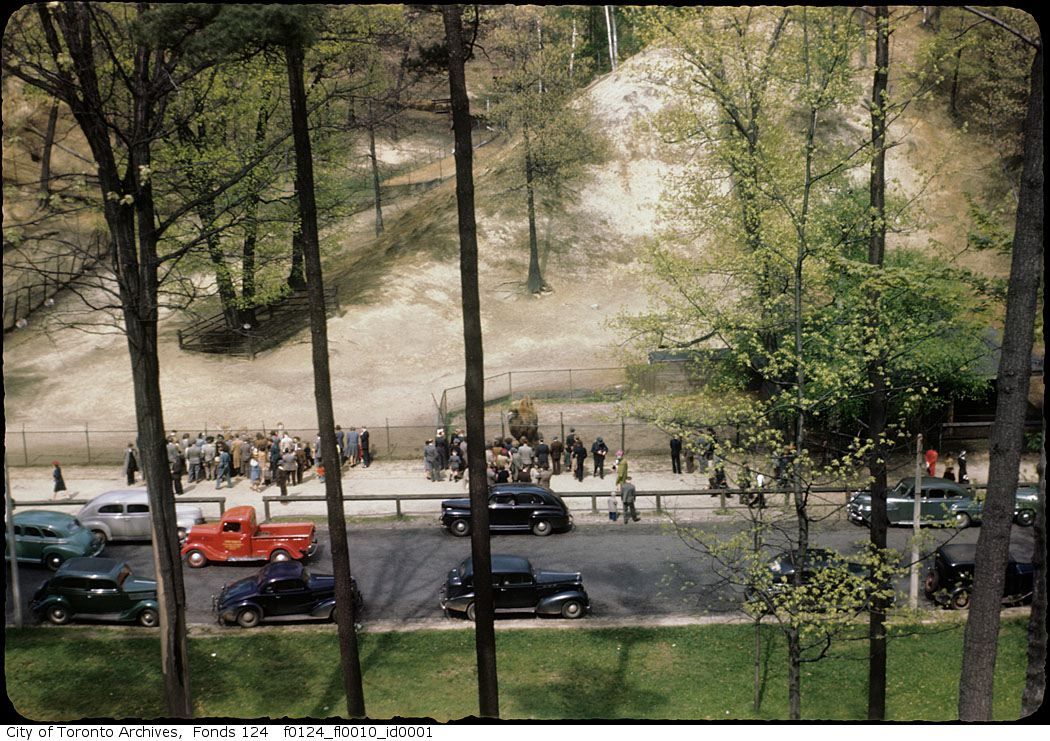
Great Photo. Those cars look very cool
|
|
|
High Park (50's?)

By the looks of it Shae's was enormous. Was it a theatre or a concert hall?
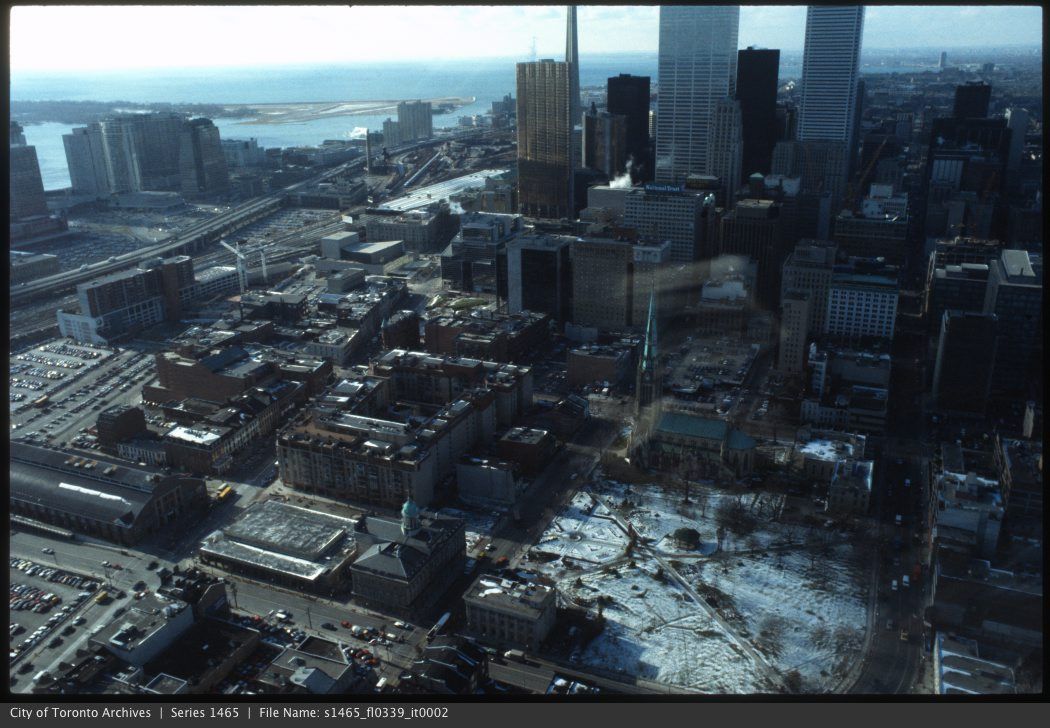

That last shot is mind blowing..
I can't even come close to picturing Roy Thompson Hall without Metro Hall right behind it..
And that enormous parking lot where the Ritz/RBC/Simcoe is now would be quite the task of finding your car at the end of the day..
One might say the walk-ability of our downtown has improved a bit?
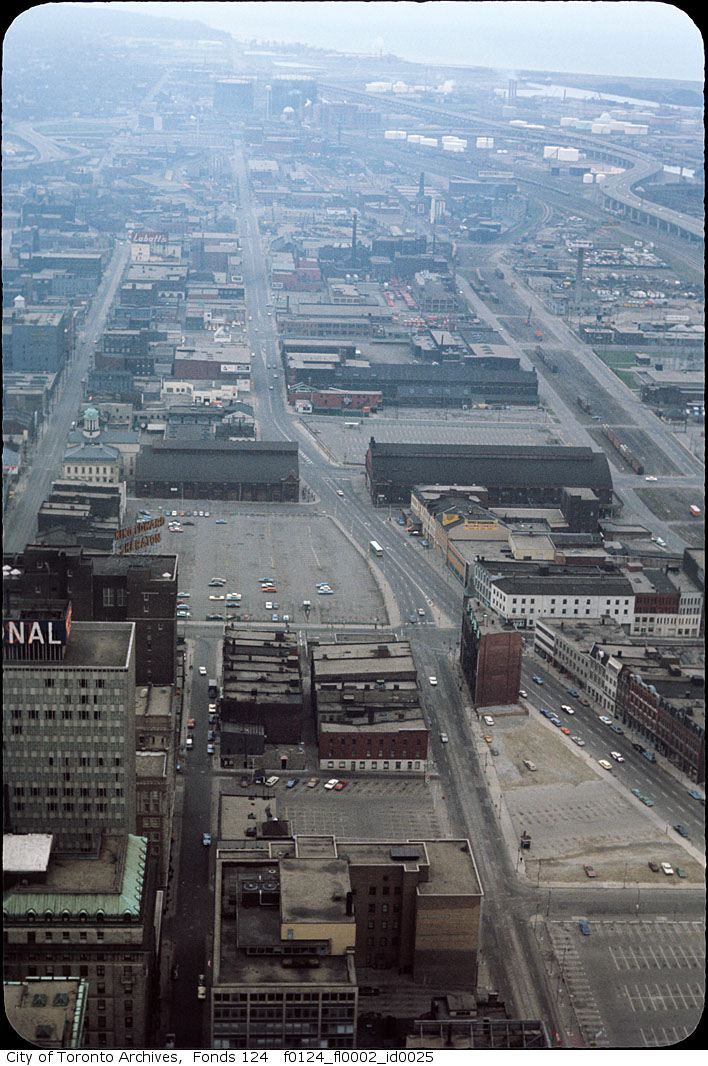
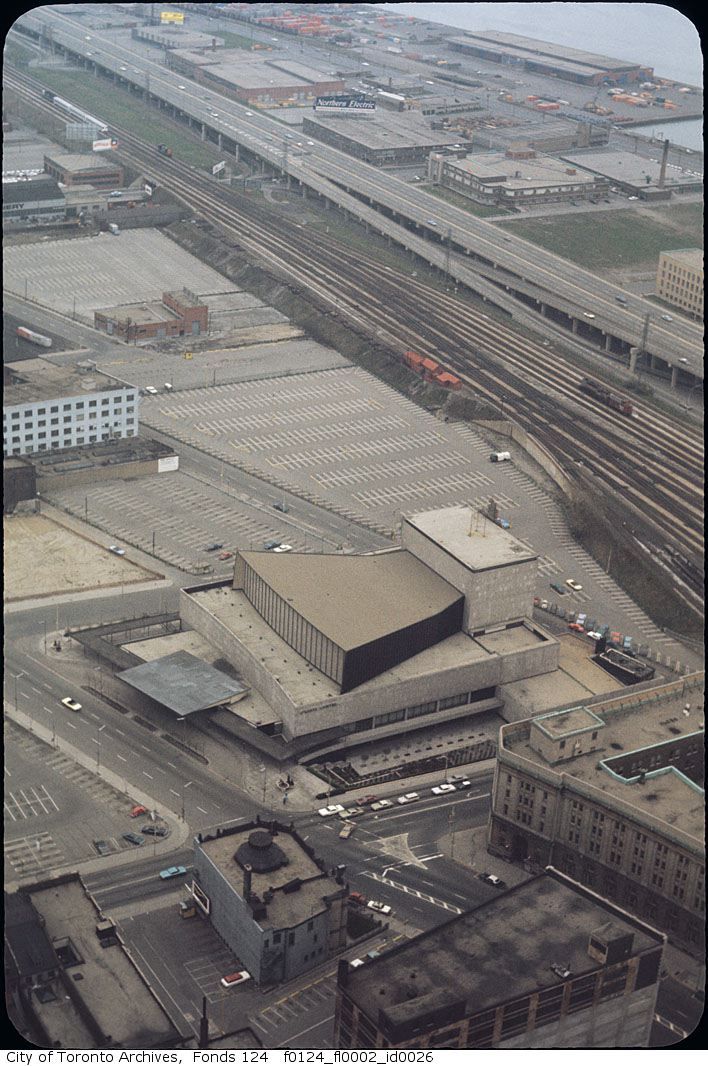
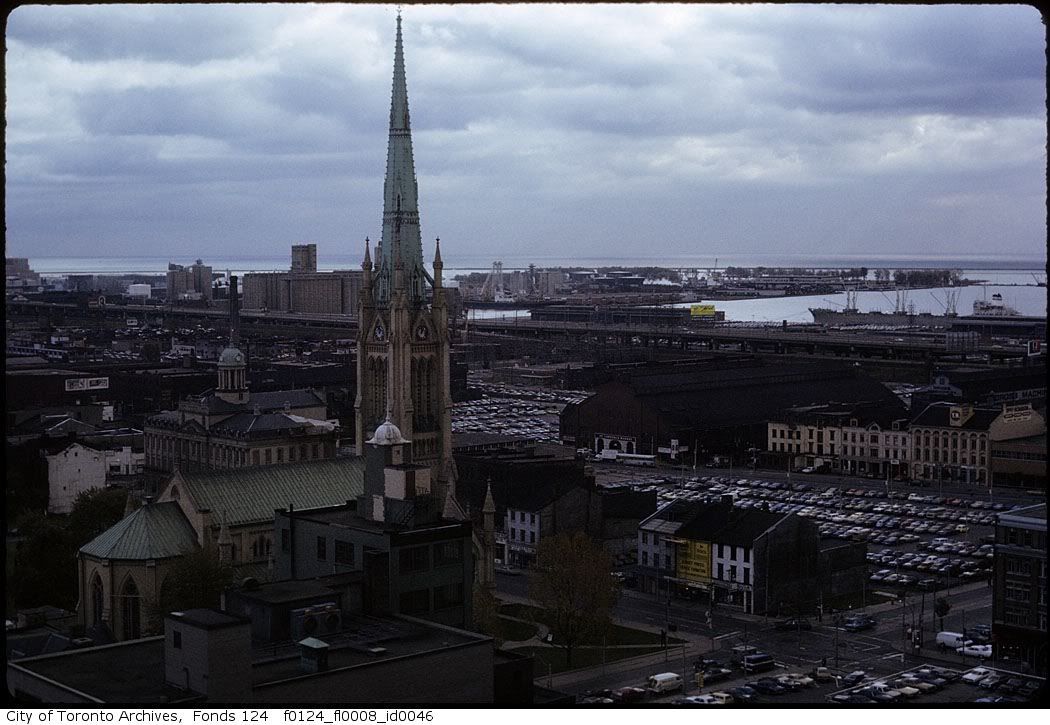


^^ I can't believe how Downtown Toronto has gone from a City of Parking Lots in the 60s-70s to a City of Skyscrapers today!
..yet in that same time-frame, Hamilton has gained more parking lots and lost more architectural gems.
Amazing the difference between the two cities, despite being so close.
Just shows which City's priorities were Pedestrians and which was the Car.
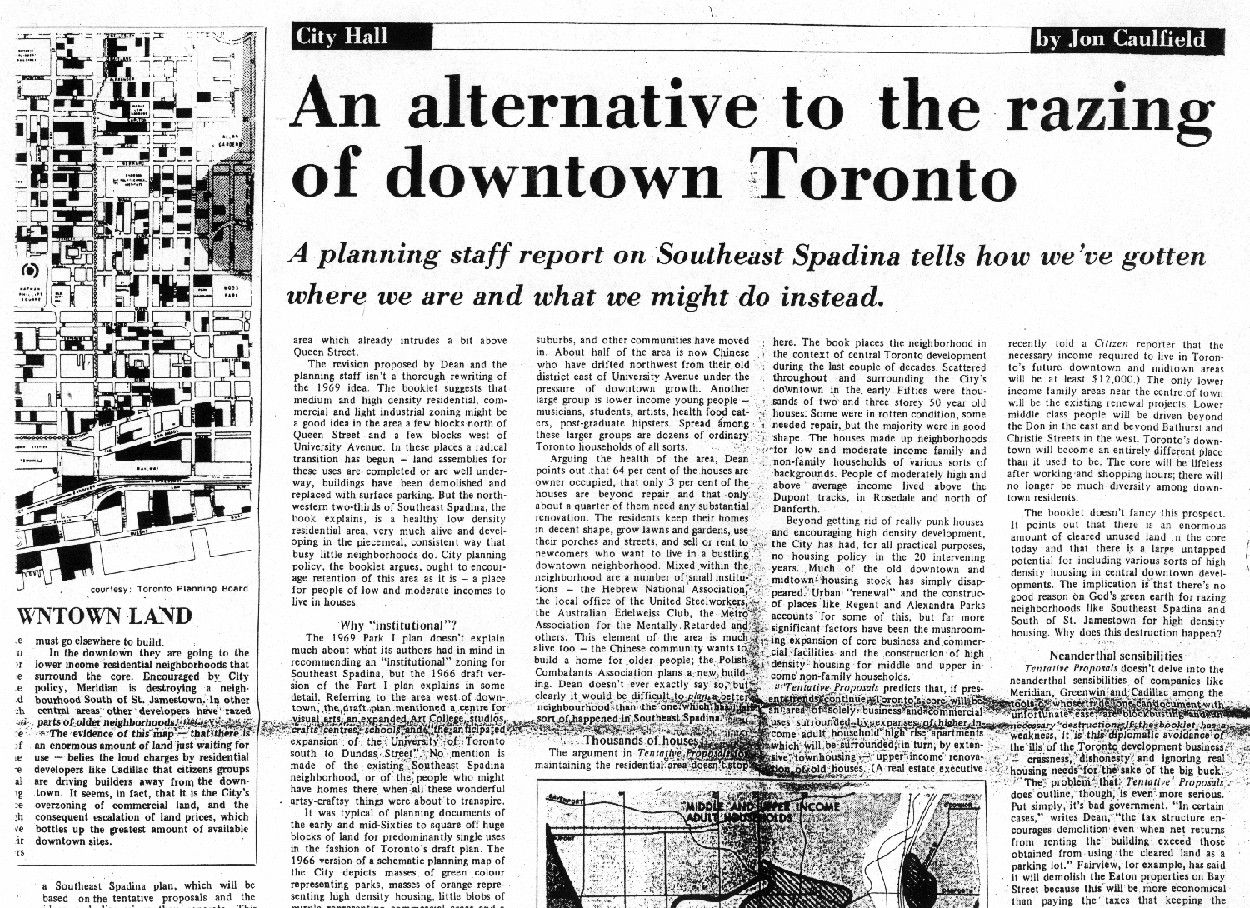
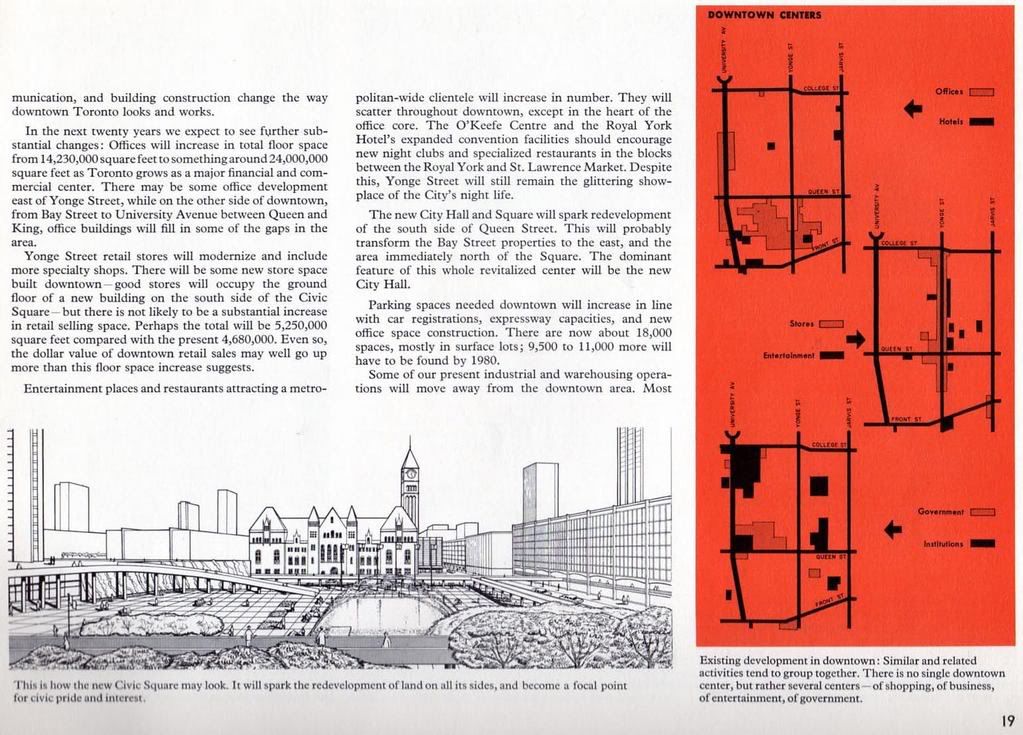
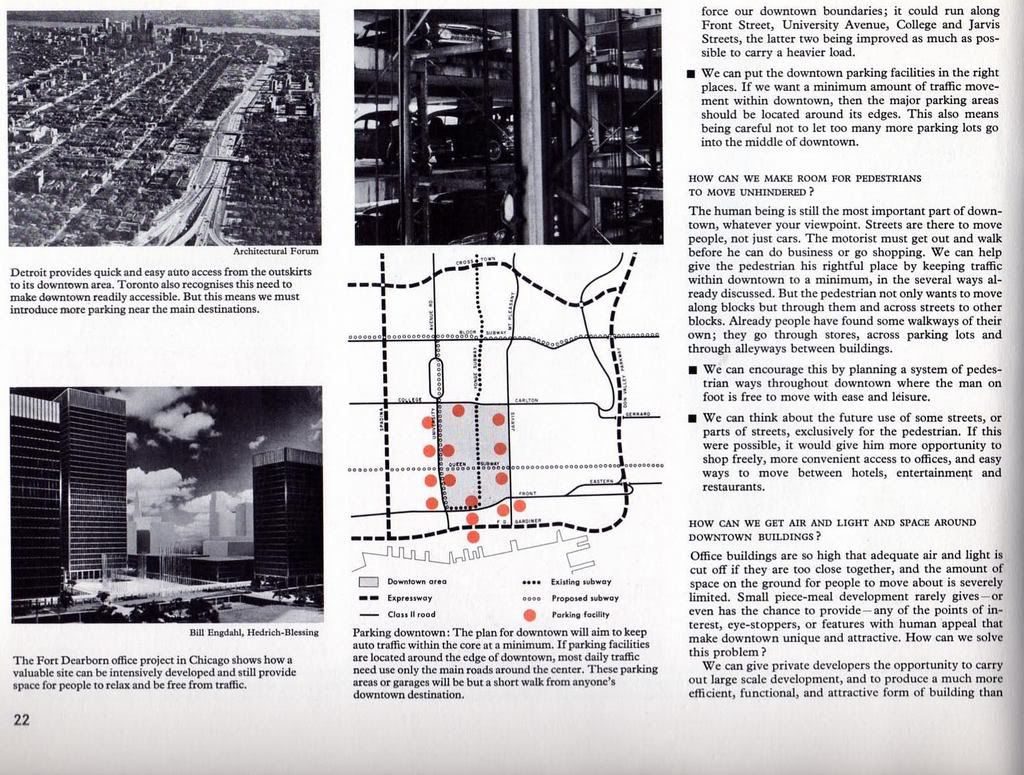
Interesting to note from the last two paragraphs of the last page: "Small piece-meal development rarely gives any of the points of interest, eye-stoppers, or features with human appeal that make downtown unique and attractive. How can we solve this problem? We can give private developers the opportunity to carry out large scale development, and to produce a much more efficient, functional, and attractive form of building..."
I'm not sure if the author is just a hack, or if his intensions were good. Either way it's crazy to think that the block-busting developments that replaced vibrant, diverse streetscapes with monotonous, windswept no-man's lands were actually justified as efforts to create "points of interest, eye-stoppers, or features with human appeal".
